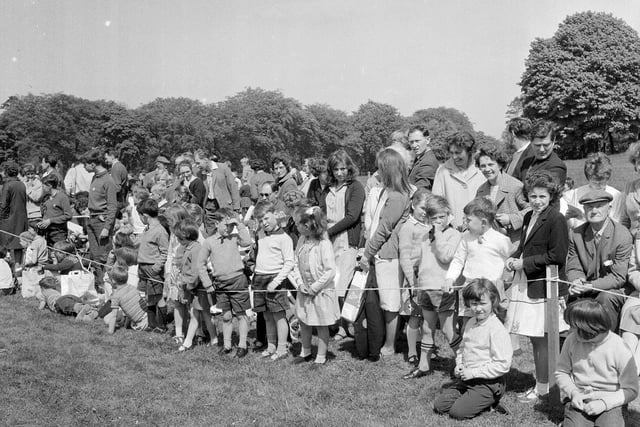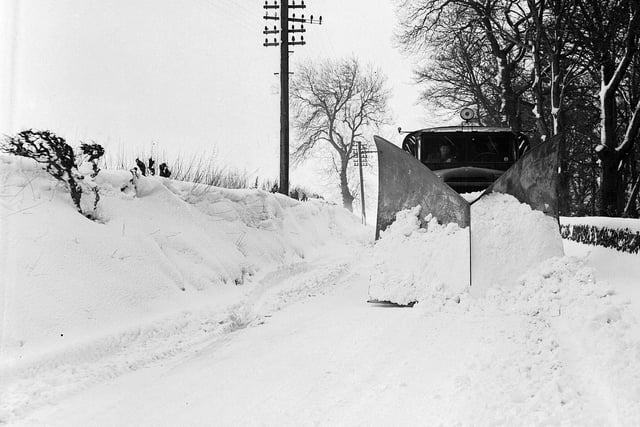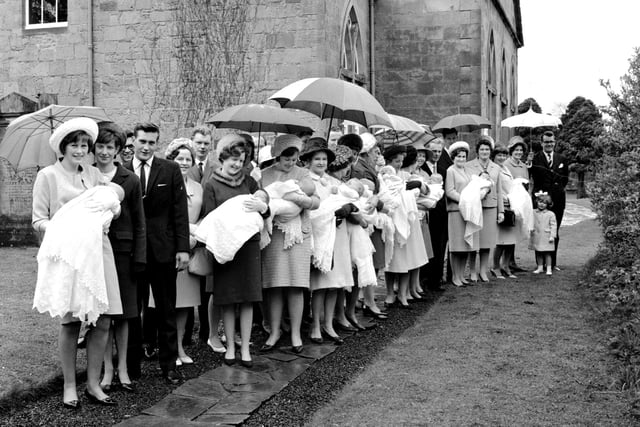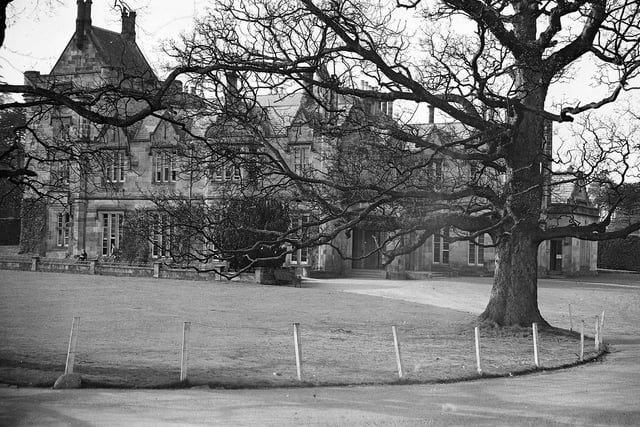The area was originally known as Kinleith or Killeith, with the first record of Currie – thought to be derived from the Gaelic word ‘curagh’, meaning boggy plain, or the Brythonic word ‘curi’, meaning a dell – appearing the in the 16th century.
There is evidence of a human settlement in the area dating back to 1800BC, with a Bronze Age razor found at Kinleith Mill, as well as stone cists from 500BC at Duncan's Belt and Blinkbonny.
In 1018, the archdeacons of Lothian chose the village for their headquarters, while one of the first mentions of the area’s name was when Robert of Kildeleith became Chancellor of Scotland in 1249.
The lands around Currie were gifted by Robert the Bruce in 1315, before passing to the family of Bishop Wardlaw in 1392, then to Ludovic Craig, a Senator of the College of Justice, in 1612, before becoming the property of the Gibson-Craig family in 1818.
Currie Kirk was built in 1784 by James Thompson of Leith and the village grew around it and the main Lanark Road, still known at the Lang Wang.
Poet James Thomson lived in the village in the late 18th century and has made a lasting mark on Currie – with several streets named after him, along with the Poet’s Glen by Kinleith Burn.
Council housing gradually expanded the village from the 1920s, while the last 1950s saw more rapid development as developers promoted the area as a commuting suburb.
Currie High School was built in 1966 and later refurbished in 1997, while younger pupils are educated at Nether Currie Primary School and Currie Primary School.
Here are 24 pictures to take you back to Currie in the 1950s and 1960s.
Read more:
Edinburgh' s Morningside: These 28 pictures from the 1950s and 1960s show the fascinating past of the residential neighbourhood
A message from the Editor:
Thank you for reading this article. We're more reliant on your support than ever as the shift in consumer habits brought about by coronavirus impacts our advertisers.
If you haven't already, please consider supporting our trusted, fact-checked journalism by taking out a digital subscription.
In 1018, the archdeacons of Lothian chose the village for their headquarters, while one of the first mentions of the area’s name was when Robert of Kildeleith became Chancellor of Scotland in 1249.


22. Snow joke
A snow plough in operation at Currie's Hermiston Road in February 1956. Photo: Unknown

23. A busy Sunday morning
Ten christenings being held on the same day at Currie Kirk in May 1966. Photo: Jack Crombie


